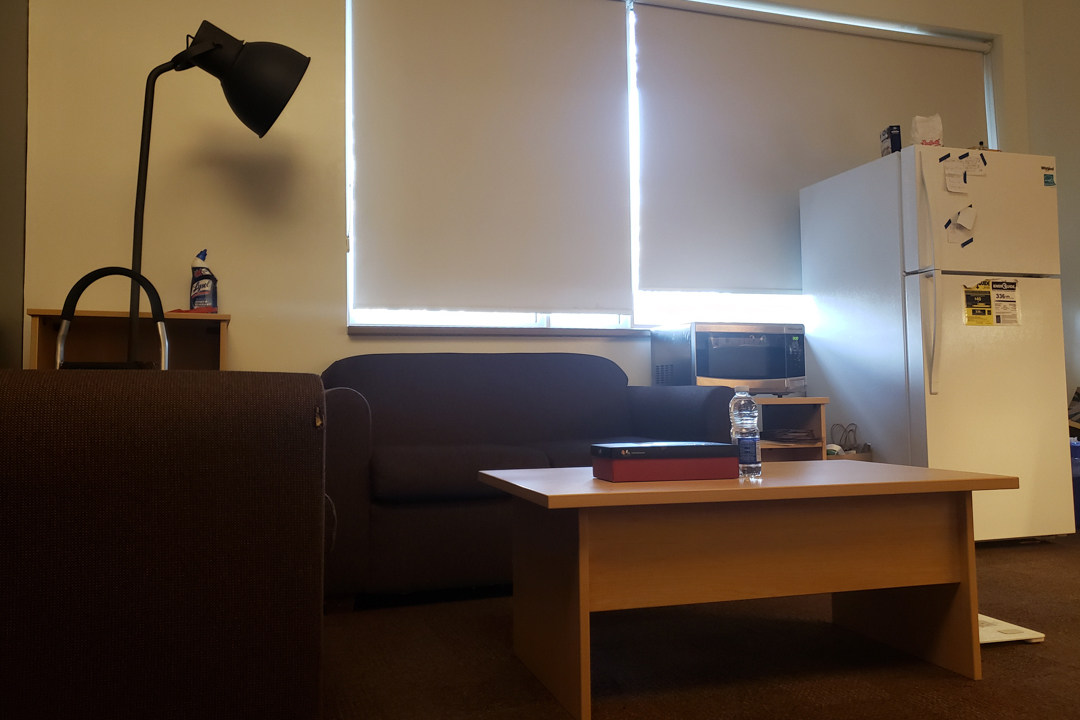Student housing has been a point of confusion and uncertainty during the pandemic. When classes moved online, housing and home environments became a dilemma for many students. Scenarios included moving back into their family homes, moving out to off-campus housing, or staying on residence.
Having lived in residence and off campus, I can provide some general insight on the experiences of securing housing. Safety, affordability, and convenience must be prioritized.
Assessing residence
During regular years, living in residence has its unique conveniences, with more opportunities to socialize, easy access to facilities, and more time to spare with classes being fairly closeby. On the other hand, living in independent housing can be cheaper, and freedom away from campus coupled with self-management and discovery makes for an ‘adult’ experience.
However, with COVID-19 toppling the perceived ‘normal,’ the whole student housing experience — whether in or out of residence — has changed completely.
Looking into U of T’s housing facilities and resources available for the pandemic, it seems that it has been moving in a good direction. The university is still upholding its guarantee of residence for first-year students and abiding by public health regulations to keep one student per room, with some exceptions on a case-by-case basis.
U of T is also covering the fees and resources for international students completing mandatory quarantine off campus — in fact, eligibility for an all-expenses paid, safe, 14-day quarantine can be requested by any U of T student living on or off campus. However, students can only take advantage of this program for the necessary 14 days; the university does not guarantee full coverage of the costs of student’s stays after these two weeks. Equipped with the U of T Emergency Response Grant Fund, qualifying students are paid some financial relief for academic and housing purposes.
So far, living in U of T housing looks like the most convenient option for a full-time student who can afford it. However, the cost of U of T housing has not been reduced despite the financial crisis brought about by the pandemic. Although some fees were waived and deadlines were pushed, many students contemplated the expense of residence this year.
Conversing with students who are part-time essential workers, they all seem to share the same disdain of not feeling safe enough to stay on campus and work, with some expressing the financial stress of U of T housing.
Consequently, many are choosing to not live on campus and instead move in with family or find a rental lease. Not being able to afford housing and moving back in with family or working in the pandemic to manage a lease can be mentally and financially draining.
I can personally sympathize — the minimal amount of social interaction, the anxiety in getting groceries, and my avoidance of crowded places have made living off campus this year isolating and stressful.
Possible housing solution from a personal perspective
From assessing both sides of student housing during the pandemic, I would prefer living off campus during these challenging times. Although it is not the most economical alternative, I find it to be safer and more accessible.
Living off campus has allowed me to keep a space for quarantine if need be and possess all my essentials, which could possibly lower my chances of infection, benefiting all essential workers I may have to come in contact with.
I’ve also experienced flexibility with lower rent prices, which makes for an overall sustainable and fortunate housing experience during COVID-19. Amidst the pandemic, having to move off campus has been very daunting, yet interestingly accommodating, being very dissimilar to the ‘normal’ past.
However, this isn’t the same for everyone. Unfortunately, considering the eviction crisis Toronto is currently facing, there’s not always enough support for those who are currently struggling with rent in the city. In the end, it seems as if every housing option has its positives and negatives; the only clear answer is that we need more housing options that are affordable and safe.
More widely accessible housing for all
As a U of T student, there seems to be many possible options for housing. However, with many businesses suffering losses, many students are facing unemployment and the stress of the pandemic. Needless to say, with the government capping unemployment funds and benefits, those who are not receiving enough financial assistance are in a hopeless place.
As a response, the City of Toronto has passed a housing plan and formed the Housing Action Team (HAT) to address the housing issues of the pandemic. The team suggested investment in low-interest rent banks and rental assistance, which may be other viable options for students.
The HAT is a potential breakthrough for any and all affected by the loss of shelter. Its contention of providing housing as a right is commendable. However, even with all these options presented, there are not nearly enough affordable and accessible housing options. Furthermore, these supports don’t currently prioritize student renters and their unique struggles.
For all those navigating housing in the pandemic, the City of Toronto should look to speed up the suggestions provided by the HAT before a housing crisis occurs in order to provide shelter to any and everyone. It would also be a great opportunity for the university to ensure that students have a seat at the table when it comes to providing safe, affordable housing in the city. In the end, to combat this problem, U of T must take action to make residence more affordable for more students.
Anira Mohsen is a third-year economics and political science student at UTM.


